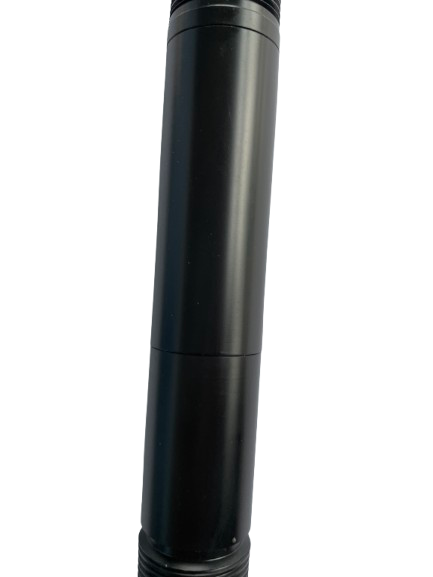Overview
It has been known for years that consuming too much nitrates from foodstuffs can result in cyanosis, particularly for small children and susceptible adults. According to the WHO standard, the hazard level lies at a mass concentration c(NO3–) ≥ 50 mg/L. However, more recent studies have shown that when nitrate concentrations in the human body are too high, they can (via nitrite) result in the formation of carcinogenic and even more hazardous nitrosamines.

Known photometric methods for the determination of the nitrate anion are time-consuming and prone to a wide range of interferences. With nitrate analysis continually increasing in importance, the demand for a selective, rapid, and relatively accurate method has also increased. Such a method is described in this Application Bulletin. The Appendix contains a cselection of application examples where nitrate concentrations have been determined in water samples, soil extracts, fertilizers, vegetables, and beverages.

Application
Surface water monitoring, lakes, aquaculture, medicine, rural sewage monitoring, industrial sewage discharge, swimming pool, etc.

Details
| Measuring range | 0-100ppm(Optional range) |
|---|---|
| Power supply | 9-12DC ±5% |
| Output signal | RS485/Modbus |
| Calibration | 2 point calibration |
| Protection level | IP68 |
| Appearance material | Default acetal, others can be customized |
| Operating temperature | 0-45℃ |
| Cable length | The default is five meters, others can be customized. |
| Under pressure | The natural water level is within ten meters, others can be customized. |





